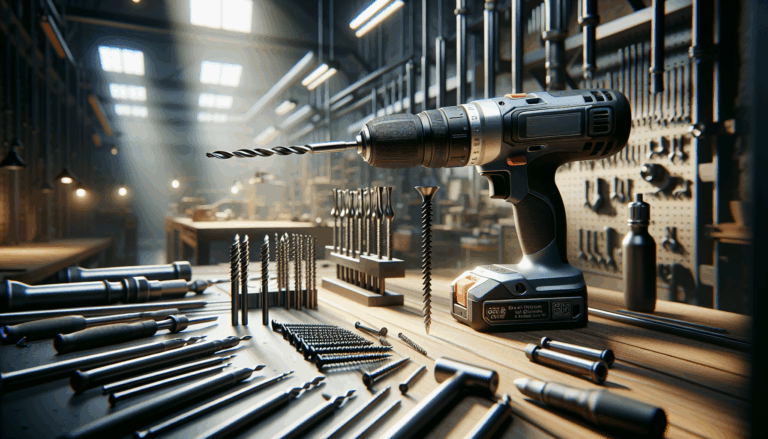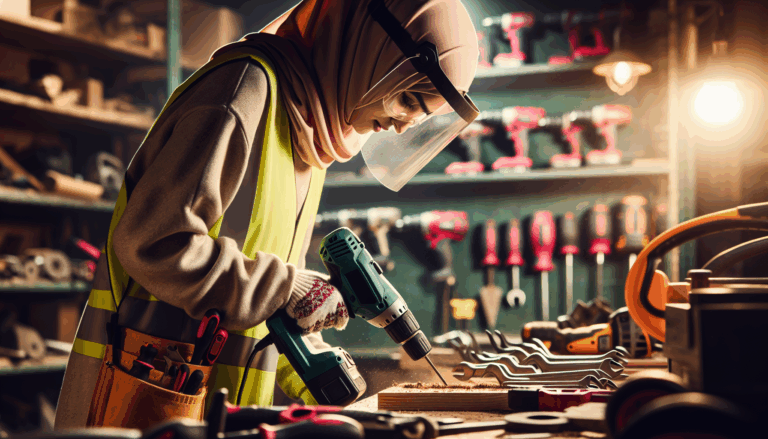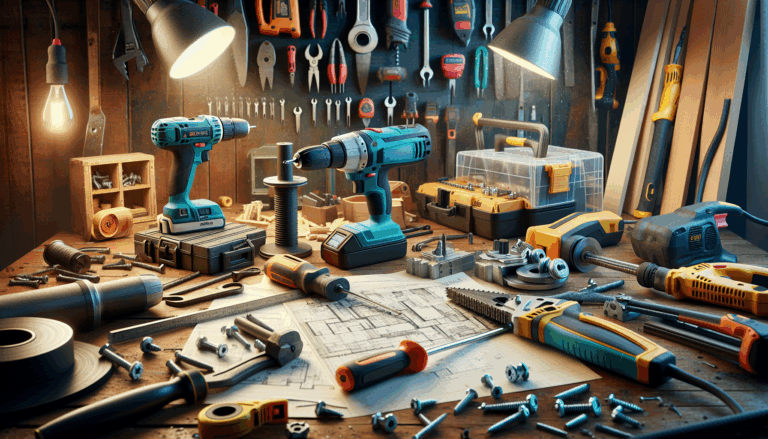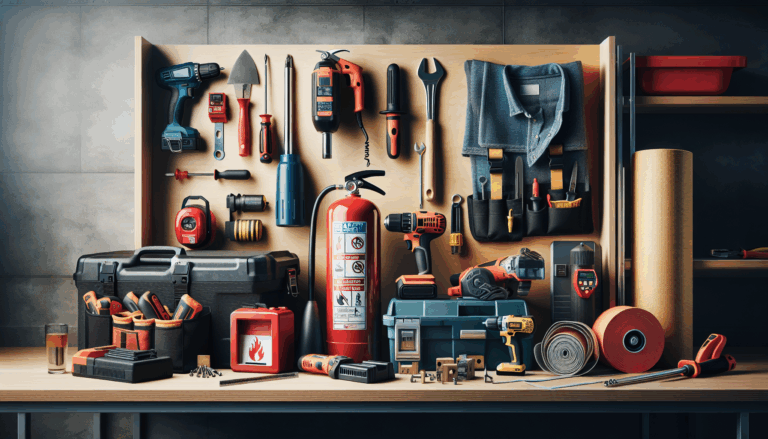What home improvement projects can be accomplished with power tools?
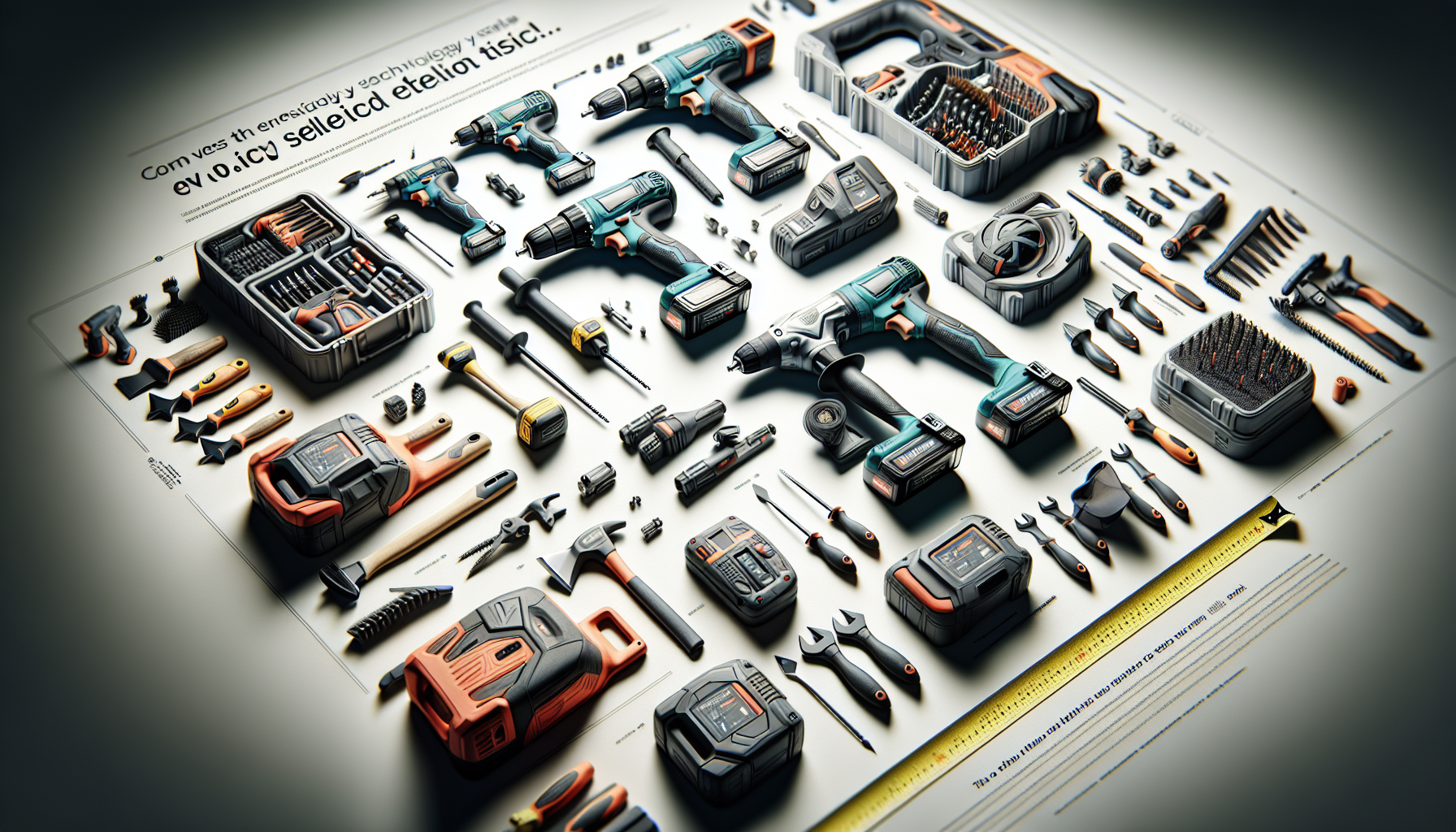
Power Tool Basics
When selecting the right power tools, it’s crucial to consider the project’s nature and your specific needs. Key factors include the type of tool required (such as drills, saws, or sanders), power source (corded or cordless), and ergonomic design for ease of use. For instance, cordless tools offer flexibility and portability, making them ideal for tasks in varied locations, whereas corded tools typically provide more consistent power for extended periods. For further insights into selecting tools, check out our blog here.
Power Tool Maintenance & Safety
To prevent overheating and extend the lifespan of power tools, several best practices should be implemented:
- Regular Maintenance: Keep your tools clean and free of debris. Dust and grime can obstruct cooling vents and lead to overheating. Regularly check and replace brushes, belts, and filters as necessary.
- Proper Lubrication: Ensure all moving parts are adequately lubricated. This minimizes friction, which can generate heat and contribute to premature wear.
- Avoid Overloading: Use tools according to their designed capacity. Exceeding recommended limits can cause excessive strain, leading to overheating.
- Cooling Down Periods: During prolonged use, allow tools to rest and cool down.
- Ambient Temperature Control: Work in a well-ventilated area. Direct exposure to high temperatures can exacerbate overheating risks.
- Check Electrical Components: Inspect cords and plugs for damage.
- Use the Right Tool for the Job: Employ the appropriate tool for tasks to reduce the risk of overheating.
For further insights on maintenance tips, check out the articles on power tool safety practices and improving tool performance.
Power Tool Usage & Projects
When embarking on DIY projects, mastering advanced techniques for using power tools can enhance your efficiency and the quality of your work. Understanding tool maintenance plays a significant role; regularly checking blades and bits for sharpness can lead to cleaner cuts and prevent accidents. Employ proper body mechanics while using tools to help reduce fatigue and avoid injuries. Safety should also be paramount; always wear appropriate personal protective equipment (PPE).
For more insights into selecting tools and enhancing your DIY skills, visit our blog here.
Power Tool Batteries
Battery technology has advanced significantly, resulting in longer-lasting and more efficient power tools. To maintain battery life, it is essential to follow some fundamental practices:
- Charge Properly: Always use the manufacturer’s recommended charger. Recharge lithium-ion batteries when they reach about 20%.
- Store Correctly: Store batteries in a cool, dry place; extreme temperatures can degrade battery life.
- Clean Contacts: Regularly check and clean battery terminals.
- Battery Compatibility: Ensure compatibility when using batteries across different brands.
- Cycle Regularly: Make use of the battery regularly for optimal performance.
- Monitor Performance: If you notice a decrease in performance, consider if the battery needs replacement.
For further insights, explore our article on how to maximize tool efficiency with proper battery care here.
Power Tool Accessories
Selecting the right accessories for power tools maximizes efficiency and achieves high-quality results. Different accessories, such as blades, bits, and attachments, greatly influence tool performance. For blades, select according to material, thickness, and tooth count. A general rule is to choose a blade with a higher tooth count for smoother cuts.
Versatility is another critical aspect; multi-purpose tools enhance your toolkit’s functionality. For further reading on optimizing your tool selections and learning about specific accessories, visit our articles at One Power Tool Blog.
Power Tool Brands
When comparing major power tool brands, several key players stand out:
- DeWalt: Founded in 1924, known for durable and reliable tools. [Source: DeWalt]
- Makita: Established in 1915, renowned for high-quality electric power tools. [Source: Makita]
- Bosch: With roots back to 1886, recognized for innovative designs and precision engineering. [Source: Bosch]
- Milwaukee: Known for heavy-duty power tools catered to professionals. [Source: Milwaukee]
- Ryobi: Affordable option for DIY enthusiasts, known for its One+ battery system. [Source: Ryobi]
These brands offer innovative products that enhance tool compatibility and user experience. For an in-depth look at tool selection based on application, check out our post on the Power Tools Blog.
Power Tool Repair
To ensure longevity, adhere to a few key maintenance practices. Regular inspection, cleaning post-use, and proper lubrication are essential steps. For battery-operated tools, keep batteries at optimal charge levels and store them correctly.
Instead of discarding underperforming tools, consider replacing individual components like brushes or blades. For further detailed guidance on maintaining your equipment, access our full article on power tool upkeep at One Power Tool Blog.
DIY Power Tool Projects
Elevate your home improvement game with advanced DIY projects that harness the power of tools:
- Custom Shelving Units: Create personalized shelving using a circular saw and drill.
- Outdoor Furniture: Build durable patio furniture with miter saw accuracy.
- Wall Art with Wood: Craft unique wall decor using a jigsaw for detailed designs.
- Home Office Updates: Design a custom desk to meet your workspace needs.
- Garden Enhancement Projects: From raised beds to trellises, power tools can enhance outdoor spaces.
- Wine Rack Construction: Create a stylish wooden wine rack tailored to your aesthetic.
These projects not only enhance your home but provide a rewarding hands-on experience. For more home improvement ideas and tips, visit our DIY resources.


